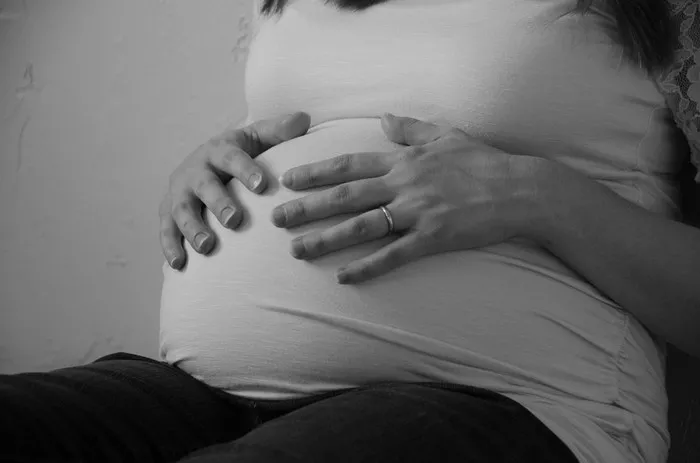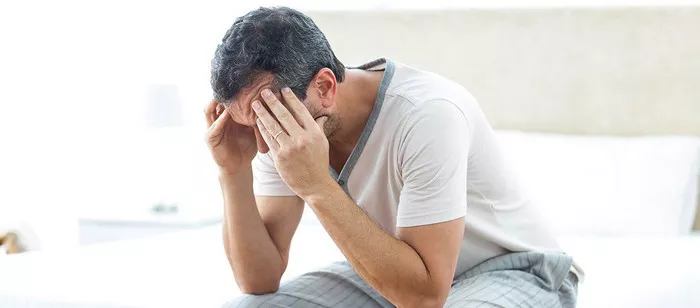Intramural leiomyoma of the uterus is one of the most common types of uterine fibroids. Fibroids, also known as myomas or uterine leiomyomas, are non-cancerous growths that develop in the muscular wall of the uterus. Intramural fibroids, specifically, are located within the uterine wall and can vary in size, number, and location. These fibroids are often asymptomatic but can lead to various complications if they grow large enough or affect surrounding structures. Understanding intramural leiomyomas, their symptoms, diagnosis, and treatment options is essential for women dealing with this condition.
What Are Intramural Leiomyomas?
Intramural leiomyomas are benign tumors that form within the smooth muscle layer of the uterus, known as the myometrium. They develop from the muscular tissue in the uterine wall and can be of different sizes, ranging from tiny nodules to large masses. Though these fibroids are non-cancerous, they can still cause significant health issues depending on their size and location.
Intramural fibroids are classified based on their location within the uterine wall. They are positioned inside the myometrium, unlike subserosal fibroids, which grow on the outer surface of the uterus, or submucosal fibroids, which develop just beneath the inner lining of the uterus.
Causes of Intramural Leiomyomas
The exact cause of fibroids, including intramural leiomyomas, is not well understood. However, several factors are believed to play a role in their development:
Hormones: Estrogen and progesterone, the primary female reproductive hormones, are known to stimulate the growth of fibroids. Fibroids tend to grow during the reproductive years when hormone levels are high and may shrink after menopause when hormone levels decrease.
Genetics: Women with a family history of fibroids may be more likely to develop them. Certain genetic factors may predispose women to the formation of fibroids.
Age: Fibroids are most common in women of reproductive age, typically between the ages of 30 and 40. Their prevalence tends to decrease after menopause.
Race: African American women are at higher risk of developing fibroids compared to women of other races. They may also experience more severe symptoms.
While these factors may contribute to the development of intramural leiomyomas, many women with fibroids have no known risk factors.
Symptoms of Intramural Leiomyomas
In many cases, intramural fibroids do not cause any noticeable symptoms, especially if they are small in size. However, when fibroids grow larger, they can lead to a range of symptoms that can significantly affect a woman’s quality of life. Common symptoms of intramural leiomyomas include:
Heavy Menstrual Bleeding: One of the most common symptoms of intramural fibroids is heavy or prolonged periods, which can lead to anemia and fatigue.
Pelvic Pain or Pressure: Larger fibroids may cause a feeling of fullness or pressure in the pelvic area, leading to discomfort or pain. This pressure can also affect other organs, such as the bladder and rectum, leading to frequent urination or constipation.
Pain During Intercourse: Some women with intramural fibroids may experience pain during sexual intercourse, especially if the fibroids are located in the area of the cervix or uterine lining.
Infertility or Pregnancy Complications: While many women with fibroids can conceive and have healthy pregnancies, large or numerous fibroids can interfere with fertility or cause complications during pregnancy, such as miscarriage or preterm labor.
It is important to note that not all women with intramural leiomyomas will experience symptoms. Many fibroids are discovered incidentally during routine pelvic exams or imaging tests for other health issues.
How Are Intramural Leiomyomas Diagnosed?
Diagnosing intramural leiomyomas typically involves a combination of physical exams and imaging tests. Women who experience symptoms such as heavy bleeding, pelvic pain, or difficulty conceiving may be referred for further evaluation. The following diagnostic methods are commonly used:
Pelvic Exam: During a routine pelvic exam, a doctor may feel for abnormalities in the shape or size of the uterus. If fibroids are large enough, they may be detectable by palpation.
Ultrasound: An ultrasound is one of the most common imaging tests used to diagnose fibroids. It uses sound waves to create a picture of the uterus and can help identify the size, location, and number of fibroids.
Magnetic Resonance Imaging (MRI): In some cases, an MRI may be recommended to obtain a more detailed image of the fibroids, especially if the diagnosis is unclear or if surgery is being considered.
Hysterosonography: This procedure involves injecting a saline solution into the uterus and then performing an ultrasound to get a clearer picture of the uterine lining and detect fibroids.
Based on these tests, a healthcare provider can determine whether a woman has intramural leiomyomas and develop an appropriate treatment plan.
Treatment Options for Intramural Leiomyomas
The treatment for intramural fibroids depends on several factors, including the size, location, and symptoms of the fibroids, as well as the woman’s age, overall health, and desire for future fertility. Treatment options include both medical and surgical approaches.
Medical Treatments
Hormonal Therapy: Hormonal medications such as birth control pills, progestin-releasing intrauterine devices (IUDs), or gonadotropin-releasing hormone (GnRH) agonists may be used to manage symptoms like heavy bleeding. These treatments help regulate hormone levels and reduce the size of the fibroids, although they are generally not a permanent solution.
Anti-inflammatory Medications: Non-steroidal anti-inflammatory drugs (NSAIDs) can help relieve pain and inflammation associated with fibroids, though they do not address the underlying fibroid growth.
Tranexamic Acid: This medication is used to reduce heavy menstrual bleeding by helping blood to clot more effectively.
While these treatments can help manage symptoms, they do not eliminate the fibroids themselves. Hormonal therapies are often used as a temporary solution until a more permanent treatment is decided upon.
Surgical Treatments
Myomectomy: A myomectomy is a surgical procedure that removes the fibroids while preserving the uterus. This is often recommended for women who wish to retain their fertility. Myomectomy can be performed through various methods, including abdominal surgery, laparoscopy, or hysteroscopy, depending on the size and location of the fibroids.
Hysterectomy: A hysterectomy, which involves the removal of the uterus, may be recommended for women who no longer wish to preserve fertility or have severe symptoms that do not respond to other treatments. This is the only permanent solution to fibroids.
Uterine Artery Embolization (UAE): This minimally invasive procedure involves blocking the blood vessels that supply blood to the fibroids, causing them to shrink over time. UAE is typically recommended for women who want to avoid surgery and retain their uterus.
Lifestyle and Alternative Treatments
While there is no evidence that diet or lifestyle changes can eliminate fibroids, maintaining a healthy weight and eating a balanced diet may help manage symptoms. Some women explore alternative therapies like acupuncture or herbal remedies to alleviate symptoms, but it is important to consult with a healthcare provider before starting any alternative treatments.
Conclusion
Intramural leiomyomas are a common type of uterine fibroid that can cause a range of symptoms, including heavy bleeding, pelvic pain, and fertility issues. While these fibroids are typically benign, they can have a significant impact on a woman’s health and quality of life. Diagnosing and treating intramural fibroids requires careful evaluation by a healthcare provider, who can recommend the most appropriate treatment options based on the size, location, and severity of symptoms. Whether through medical management, surgical intervention, or alternative treatments, there are effective solutions available for women living with fibroids.
Related topics:

























